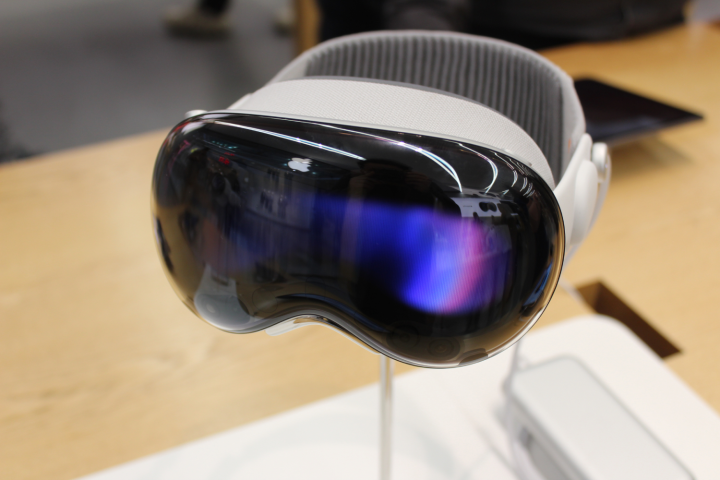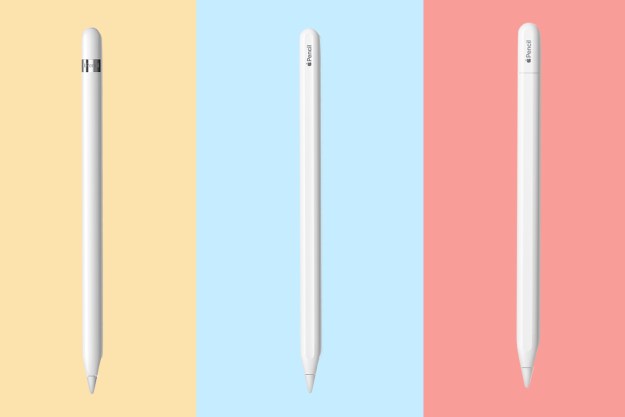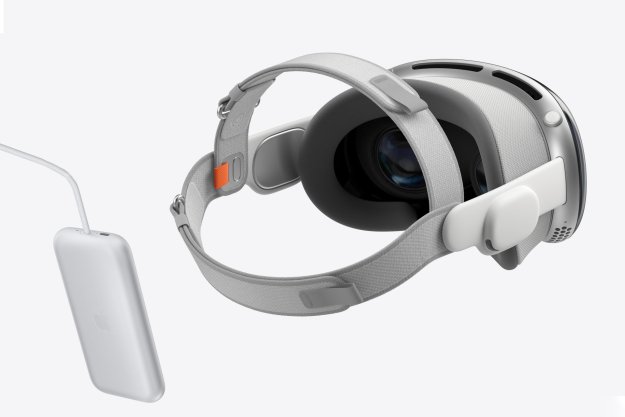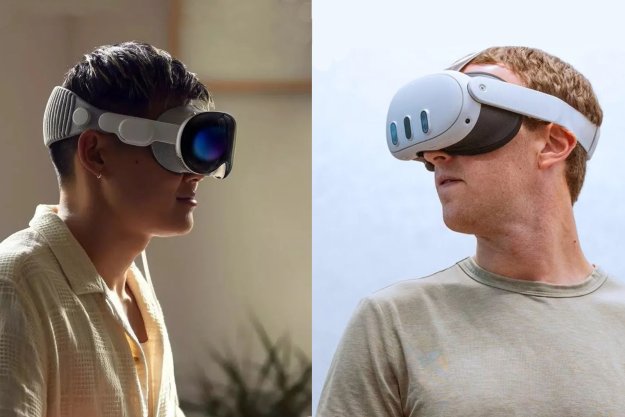
Apple has just released a software update for the Vision Pro headset that launched just over a week ago — and it’s an important one.
That’s because it offers a simpler way to reset your device if you forget the passcode that you created for it.
The issue hit the news just days after the $3,499 Vision Pro headset began landing in the hands of the first customers on February 2. Before Monday’s update rolled out, if you forgot your Vision Pro passcode, you’d have to take it into an Apple retail store to get staff to reset the device. Even worse, if there was no store nearby, you’d have to ship it to AppleCare customer support.
The good news is that Monday’s update — visionOS 1.0.3 — brings an end to this absurd situation, allowing any such reset to be made quickly and in the comfort of your own home. Spotted on Apple’s update pages by MacRumors, the software can be installed by opening the Vision Pro’s settings app and heading to the software update section.
It’s not clear how many people ended up having to go to an Apple retail store with their Vision Pro or ship it within just a few days of receiving the device, but it was clearly an absurd procedure to have to go through to reset it. With an iPhone, for example, you’re given an on-screen option to reset the handset if you forget the passcode. If you select it, you simply enter your Apple ID and password to erase the phone’s content before restoring it using a backup from iCloud or your computer. You certainly don’t have to traipse along to an Apple Store to get the job done.
This is the third software update issued by Apple for the Vision Pro and the first since the device started shipping. Besides a simplified reset procedure, the update also includes unspecified “important” bug fixes, according to Apple’s release notes.
In other Vision Pro news, Apple engineers working on the headset have reportedly claimed that it will likely take four generations of the device for it to reach its ideal form, with expected improvements coming to the headset’s size, weight, comfort, software, usability, and more.
Editors' Recommendations
- The Vision Pro is already in trouble. Here’s how Apple can turn the tide
- MacBook Pro 16 vs. MacBook Pro 14: The important differences
- How Vision Pro tech could come to the Mac
- Why you should buy a MacBook Pro instead of a MacBook Air
- Does the Vision Pro work with glasses and contacts?


